Filter by
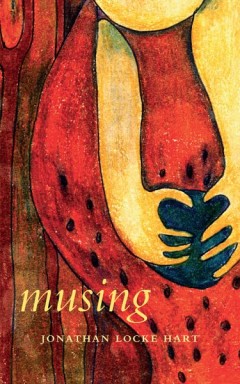
Musing
Musing is a book of sonnets. Working within the framework of a classic poetic form, Jonathan Locke Hart embarks on an extended meditation on our rootedness in landscape and in the past. As sonnets, the poems are a mixture of tradition and innovation. Throughout, Hart deftly interweaves European culture with North American settings and experience. The collection opens with a foreword by noted li…
- Edition
- -
- ISBN/ISSN
- 9781897425909.01
- Collation
- -
- Series Title
- Mingling Voices
- Call Number
- 145 pages
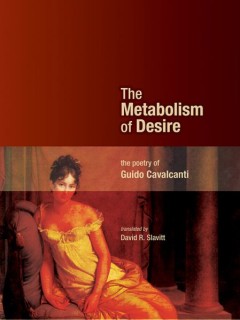
The Metabolism of Desire The Poetry of Guido Cavalcanti
It is chiefly through the translations of Rossetti and Pound that English-speaking readers have encountered Cavalcanti’s work. Pound’s famous translation, now viewed by some as antiquated, is remarkably different from the translation provided here in the graceful voice of poet David Slavitt. Working under the significant restraints of Cavalcanti’s elaborate formal structures, Slavitt rend…
- Edition
- -
- ISBN/ISSN
- 9781926836843.01
- Collation
- -
- Series Title
- Mingling Voices
- Call Number
- 149 pages
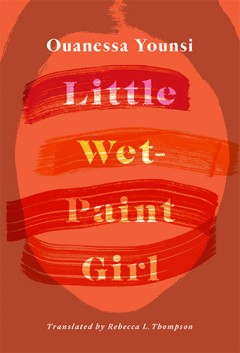
Little Wet-Paint Girl
Born to a French-Canadian mother and Algerian father, Ouanessa Younsi is a bold and unique voice in modern Francophone poetry. In this intensely personal recitation on identity and ethnicity, Younsi takes the reader on a surreal odyssey through a liminal world of belonging and unbelonging, absence and presence, mind and body. Her visionary work, first published in French and translated here by …
- Edition
- -
- ISBN/ISSN
- 9781778290060.01
- Collation
- -
- Series Title
- Mingling Voices
- Call Number
- 4.75 x 7, 93 pages
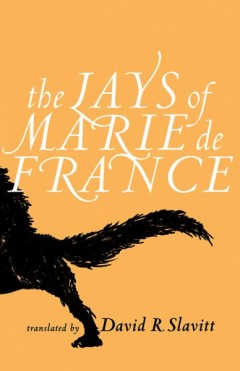
The Lays of Marie de France
The twelve “lays” of Marie de France, the earliest known French woman poet, are here presented in sprightly English verse by poet and translator David R. Slavitt. Traditional Breton folktales were the raw material for Marie de France’s series of lively but profound considerations of love, life, death, fidelity and betrayal, and luck and fate. They offer acute observations about the choice…
- Edition
- -
- ISBN/ISSN
- 9781927356357.01
- Collation
- -
- Series Title
- Mingling Voices
- Call Number
- 160 pages
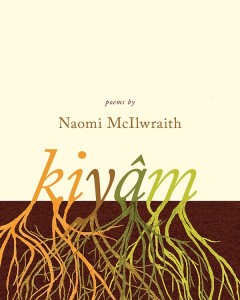
kiyâm
Through poems that move between the two languages, McIlwraith explores the beauty of the intersection between nêhiyawêwin, the Plains Cree language, and English, âkayâsîmowin. Written to honour her father’s facility in nêhiyawêwin and her mother’s beauty and generosity as an inheritor of Cree, Ojibwe, Scottish, and English, kiyâm articulates a powerful yearning for family, history, …
- Edition
- -
- ISBN/ISSN
- 9781926836690.01
- Collation
- -
- Series Title
- Indigenous Studies, Literature and Poetry
- Call Number
- 178 pages
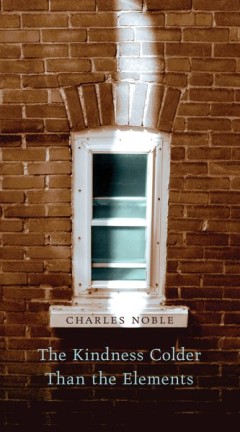
The Kindness Colder Than the Elements
With wit and cunning, Noble’s poems insinuate themselves into the mediations of “we use language” / “language uses us,” into the objectification of “mind,” into the struggles and cracking of systems. Cuing on Hegel’s epochal revitalization of the syllogism, they begin with sentences-cum-arguments that issue from an everyman’s intentions and insights, playing into and baiting t…
- Edition
- -
- ISBN/ISSN
- 9781926836249.01
- Collation
- -
- Series Title
- Mingling Voices
- Call Number
- 181 pages
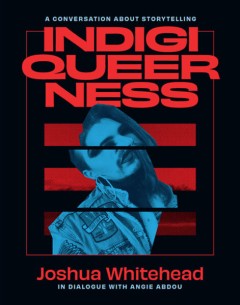
Indigiqueerness A Conversation about Storytelling
Evolving from a conversation between Joshua Whitehead and Angie Abdou, Indigiqueerness is part dialogue, part collage, and part memoir. Beginning with memories of his childhood poetry and prose and travelling through the library of his life, Whitehead contemplates the role of theory, Indigenous language, queerness, and fantastical worlds in all his artistic pursuits. This volume is imbued with …
- Edition
- -
- ISBN/ISSN
- 9781771993913.01
- Collation
- -
- Series Title
- -
- Call Number
- 5.5 x 7, 96 pages
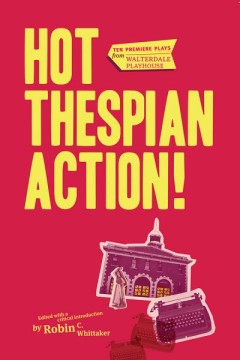
Hot Thespian Action! Ten Premiere Plays from Walterdale Playhouse
In Hot Thespian Action! Robin Whittaker argues that new plays can thrive in amateur theatres, which have freedoms unavailable to professionalized companies. And he proves it with ten relevant, engaging playscripts originally produced by one of Canada’s longest-running theatres, Edmonton’s acclaimed Walterdale Theatre Associates. This collection challenges notions that amateur theatre is sol…
- Edition
- -
- ISBN/ISSN
- 9781897425268.01
- Collation
- -
- Series Title
- Canadian Plays
- Call Number
- 584 pages
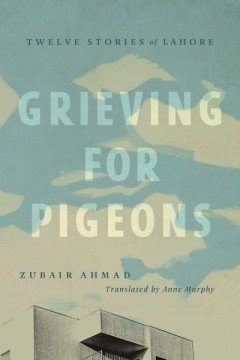
Grieving for Pigeons Twelve Stories of Lahore
These stories evoke the complex realities of post-colonial Pakistani Punjab. The contradictions of this region’s history reverberate through the stories, evident in the characters, their circumstances, and sometimes their erasure. Skillfully translated from Punjabi by Anne Murphy, this collection is an essential contribution to the wider recognition of the Punjabi language and its literature.
- Edition
- -
- ISBN/ISSN
- 9781771992817.01
- Collation
- -
- Series Title
- Mingling Voices
- Call Number
- -
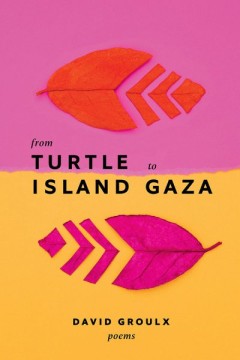
From Turtle Island to Gaza
With a sure voice, Groulx, an Anishnaabe writer, artistically weaves together the experiences of Indigenous peoples in settler Canada with those of the people of Palestine, revealing a shared understanding of colonial pasts and presents.
- Edition
- -
- ISBN/ISSN
- 9781771992619.01
- Collation
- -
- Series Title
- Mingling Voices
- Call Number
- 5 x 7.5, 68 pages
 Computer Science, Information & General Works
Computer Science, Information & General Works  Philosophy & Psychology
Philosophy & Psychology  Religion
Religion  Social Sciences
Social Sciences  Language
Language  Pure Science
Pure Science  Applied Sciences
Applied Sciences  Art & Recreation
Art & Recreation  Literature
Literature  History & Geography
History & Geography